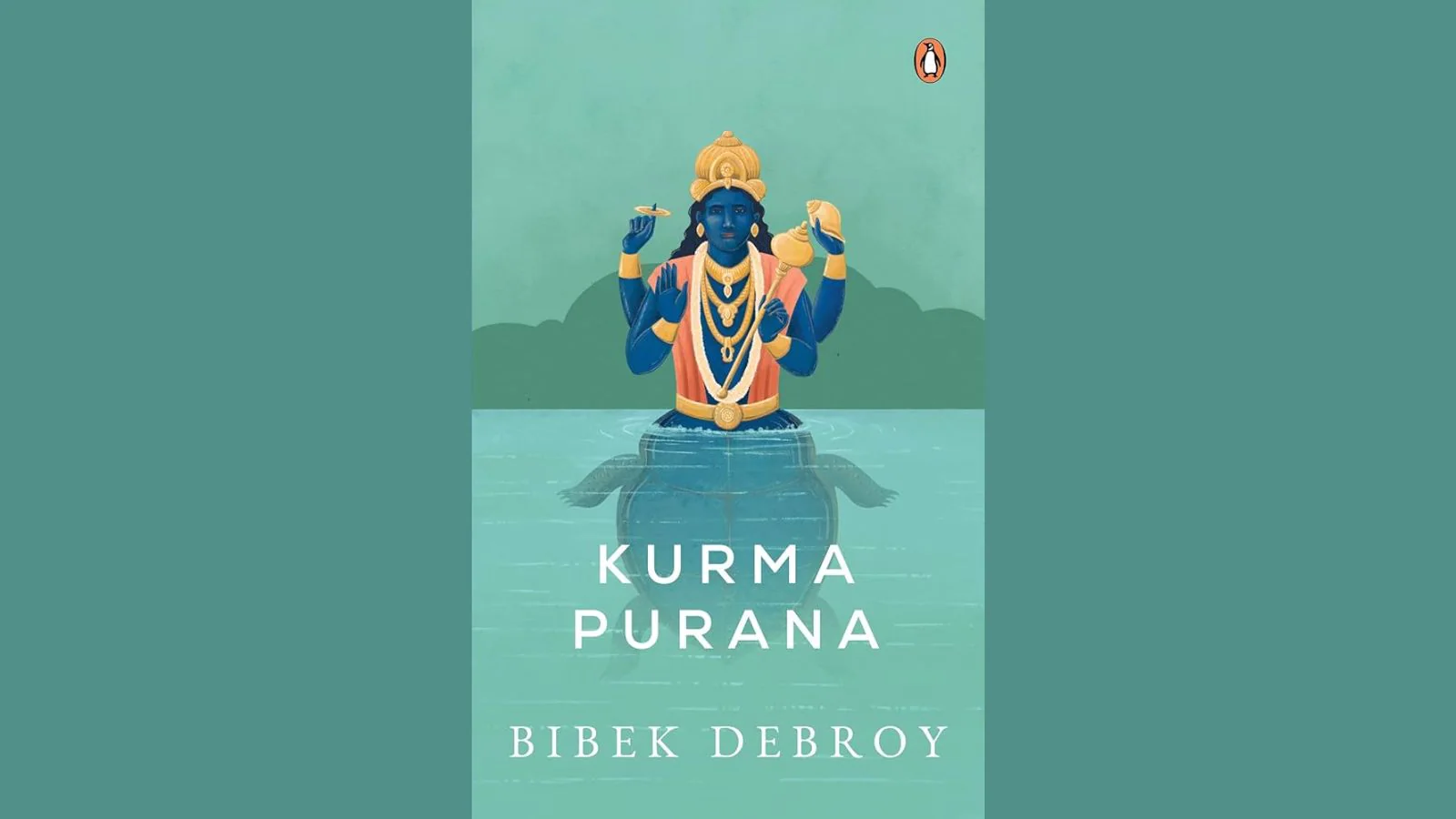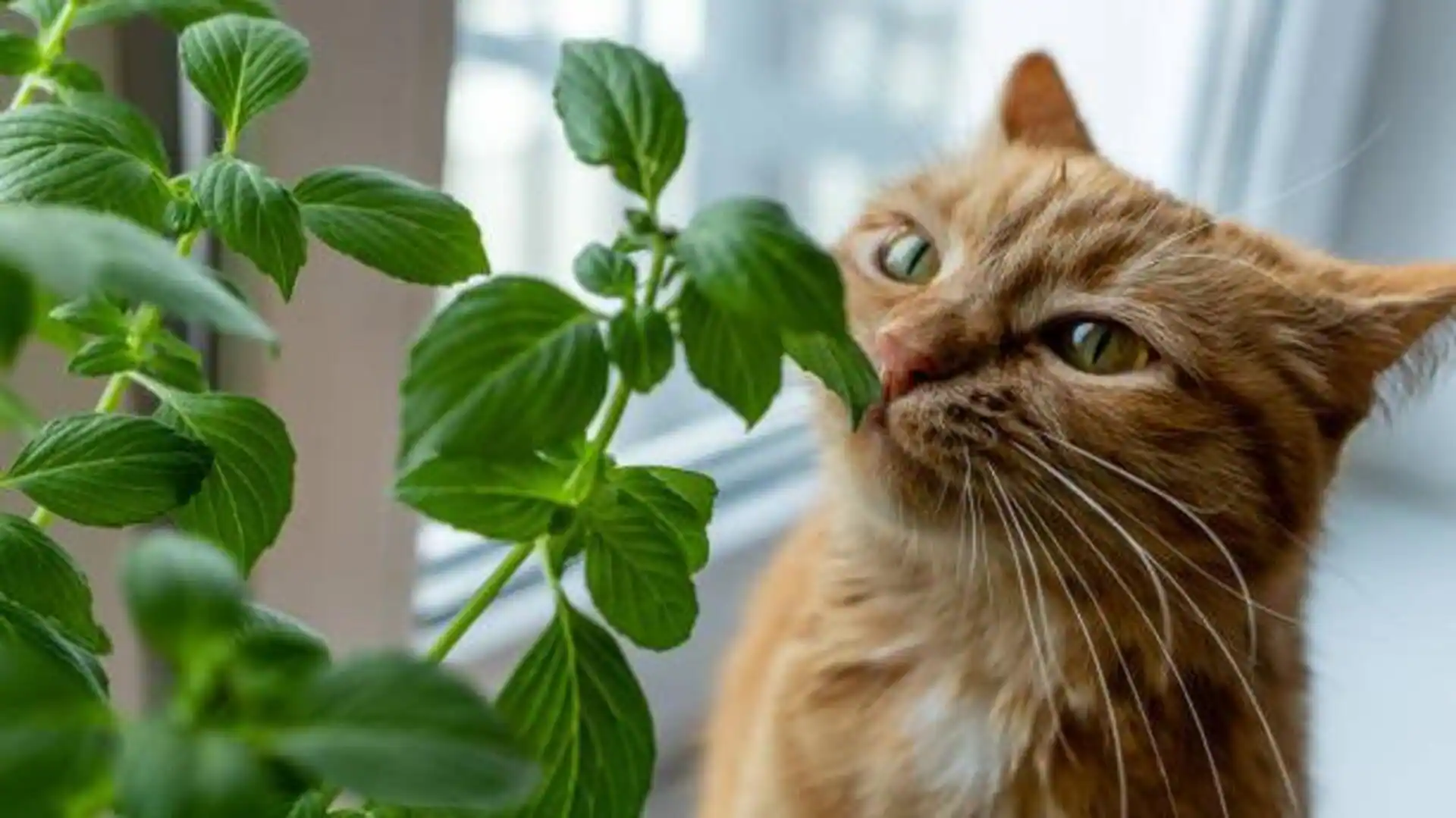Book Review: Bibek Debroy’s Kurma Purana Translation Is Compendium Of Religious Customs & Accounts
By Abhinav Agarwal,News18
Copyright news18

The Kurma Purana, in its extant form, is one of the shorter Puranas in the corpus of Hindu smritis, and the late Bibek Debroy’s unabridged translation brings to the English language reader this delightful compendium of religious customs and accounts.
As a brief primer, within the pantheon of Hindu (or Sanatan) literature, the Puranas have the status of Smriti (the ‘remembered’ texts, as opposed to ‘Shruti’ texts, like the Vedas, that contain truths revealed to enlightened sages who ‘heard’ these through the powers of their penances). The Ramayana and Mahabharata fall under ‘Itihasa’, within the larger category of ‘Smriti’.
Despite the undeniable importance and popularity of the Puranas, with the exception of the Bhaagavat Purana, other Puranas have not seen as many unabridged translations in English. The size and scope of the translation itself can be daunting. Consider the Skanda Purana, which contains more than 83,000 verses — longer than the unabridged Critical Editions of the Mahabharata and Harivamsha combined! The Padma Purana, at 55,000 verses, is not much shorter. Only two unabridged English translations of the Kurma Purana have been published — by G.V. Tagare in 1981-82, and by Shanti Lal Nagar and K.L. Joshi in 2008. This is the third.
A Purana, for it to be called such, must fulfil five characteristics. The Kurma Purana lists these ‘pancha-lakshana’ in its very first chapter of the Purvaarddha — Sarga (accounts of original creation), Pratisarga (secondary cycles of creation), Vamsha (accounts of gods and sages), Vamshaanucharita (accounts of kings in the solar and lunar dynasties), and Manvantara (cosmic cycle of Manu). The Kurma Purana fulfils those criteria. We are then told, in the next shloka, even the order of these Puranas — the first in the list being Brahma Purana. Kurma is fifteenth on this list. Contrary to what some may believe, these Mahapuranas (the major Puranas, for there are many other minor, upa, Puranas, and Sthala Puranas, too) are not 18, but 10. This is on account of an unresolved debate over which two among the Bhavishya, Agni, and Vayu Puranas to include in the list of 18, with the inevitable result that 19 are generally accepted as the Mahapuranas. The Kurma Purana lists all 19.
As to the structure of this Purana, over the course of the preceding 2,000 or more years, almost every Purana has seen some, or substantial, loss. The Kurma Purana is no different. It was said to have contained 17,000 shlokas (though this number also varies slightly) spread over several samhitas — Brahmi, Bhagvati, Souri, and Vaishnavi. Of these, only the Brahmi Samhita is extant. The rest have been lost. The Brahmi Samhita, which this unabridged translation contains, is divided into two parts: Purvaarddha, that consists of 53 chapters and 3,195 shlokas; and Uttaraarddha, which has 46 chapters and 2,701 shlokas. That comes to 99 chapters and 5,896 shlokas. In other words, almost two-thirds of the traditional extent of 17,000 shlokas has been lost.
Like all Puranas, the Kurma Purana also has a liberal sprinkling of stutis and stotrams. I counted 20; a more diligent reader may spot some I missed. There is one by Brahma to Shiva, another one by Brahma to Shiva and Parvati, by Krishna to Shiva, by Andhaka to Shiva and then Parvati, and similarly by the sages in Devadaru-vana to Shiva and then Parvati, and so on.
In addition to these stutis, there are also some Gitas in this Purana. Lest one be surprised, note that these are not the Bhagavat Gita that we usually associate the Gita with, but gitas — songs, literally speaking. The Mahabharata itself has several Gitas, in addition to the Bhagavat Gita, like Rishabh Gita, Vyaadh Gita, and even an Anu Gita. In the Kurma Purana you will find the Devi Gita, Ishvara Gita, and Vyaasa Gita. Ishvara Gita starts with the first chapter of Uttaraarddha, is recounted by Vyaasa himself at the request of Suta Lomaharshana, and is a discourse on the atman, paramatman, yoga, samkhya, Purusha, Prakriti, as well as a brief account of the mahatmya (greatness) of Shiva as described by Ishvara (Shiva) himself.
Immediately after the Ishvara Gita begins Vyaasa Gita, which is a detailed account of the duties of brahmacharya. When should upanayana be performed (eighth year after birth, or conception), what should the upavita (sacred thread) be made of (three strings, made of kusha grass or cotton), and how should this sacred thread be worn (over the left arm and under the right arm). This method of wearing the thread is called nivita. What if the thread is worn over the right arm and under the left arm? That would be called prachinavita, and is used for ‘rites concerning ancestors’. As one may have guessed, this Gita is very detailed with respect to these and other customs. For example, when it comes to greetings, a brahmana will be asked about his kushala, a kshatra-bandhu about anamaya, a vaishya about kshema, and a shudra about arogya. The footnotes tells us more — kushala is welfare, anamaya is sound health, kshema is prosperity, and aarogya is freedom from disease. Subtle, and nuanced. The Vyaasa Gita also tells us that “there is no deva equal to the mother. There is no guru equal to the father.” On the subject of what constitutes good conduct for householders, some injunctions are common sensical, like not placing your foot on fire, and could well be a caution against falling prey to superstitions; but some are curious, like not cracking the joints of the fingers or snapping the fingers. There are even six types of baths listed — Brahma, Agneya, Vayavya, Divya, Varuna, and Yougika. Embedded within this Gita is also a stuti, a stotram, to Surya, called the Surya-hridaya stotram.
The Ramayana and Mahabharata, despite their encyclopaedic nature, still do not contain all the information one may seek, like detailed information on the lineages of Rama (the Ikshvaaku lineage) and Krishna (the Vrishni lineage). We have to turn to the Puranas for that. Therefore, you get to read about the lineage of Raavana, 34 generations that preceded Rama and 15 generations that followed him, leaving us with a listing that spans fifty generations of the Ikshvaaku lineage. The Upamanyu upakhyaana in the Mahabharata tells about Krishna’s endeavours at Sage Upamanyu’s hermitage to get a son with his consort, Jaambavati. The Kurma Purana has a detailed account of the Vrishni lineage and Krishna’s time at the ashrama. And yes, there is a stuti there also, embedded in this account.
In the descriptions of yugas, Kaliyuga gets a chapter, and some of the fourth yuga’s markers are that “Thieves steal from thieves”, “Auspicious objects are sold at crossroads”, and that people would be “surrounded by heretics”. Few would disagree!
Many know the part of the shloka, ‘Ahimsa param-o dharma’, from the Mahabharata, and almost everyone has misinterpreted the second part of the shloka as an exhortation to violence, ignoring both the actual verse and context. For these people, the Kurma Purana may provide some relief. I will leave it to the reader so inclined and determined to dig into the Purana and find the verse in question!
Chapter 21 of Uttaraarddha begins a detailed account of shraadha (funeral rites). Likely to be missed by some is the injunction against payment — ‘The expectation of dakshina is pishacha in nature.’ There are also several passages of mahatmyas (accounts of the greatness of sacred places, teerthas), like Varanasi, Prayaga, or of Kaveri, Narmada, Yamuna, and other rivers. Sprinkled are the virtues of undertaking pilgrimages (an abhisheka at Prayaga gives the same fruits as a royal or horse sacrifice) as well as injunctions (a visit to a teertha is rendered futile if undertaken on a vehicle), and so on.
While the traditional Devi Mahatmya (Durga Saptashthi, 700 verses in praise of and the account of Devi) is found in the Maarkandeya Purana, it may come as a surprise to find the thousand names of Devi embedded in the Kurma Purana, as uttered by Himavan, the lord of the mountains and Parvati’s father. This is recounted to the sages in the Naimisha forest by Kurma himself, quoting Brahma. The Devi sahasranaama is preceded by a Devi mahatmya, an account of the Devi’s greatness, and followed immediately by a stuti to Devi. All this is in the very long twelfth chapter of Purvaarddha.
Going by its name, some may classify the Kurma Purana as a Vishnu Purana, but that would be a fallacy. The Kurma Purana is very much a Shaivite text in its outlook. There is no account of the actual Kurma avatara of Vishnu here. So why the name? Because this Purana was originally recited by Lord Vishnu in his Kurma form, to Sage Naarada, who gave it to Sage Gautama, who narrated it to Sage Paraashara. Vyaasa obtained it, not from Paraashara, but Sage Sanatkumara, who obtained it from Brahma. This we are told in the very last chapter, 99, of the Purana. From Vyaasa it then passed on to Sauti Lomaharshana, who recited it to the sages at the Naimisha forest. One conjecture is that while the Kurma Purana started out as a Vaishnavite text, it was modified over the centuries to the extent it became an almost exclusively Shaivite text.
Lastly, on a personal note, one experience missing for me while reading this Purana was the exchange of messages with the late Bibek Debroy that would often take place. The spotting of the rare typo (in a 500-page book, it is inevitable that a few will creep in, despite the best efforts of the editors), which became an obsession at times, sharing its screenshot, and chuckling at his mortified acknowledgment, or the question here and there about some point of clarification and his prompt response — all that came to an end with his passing into the ages in November 2024. Such is life and its unpredictability, the transient joys it gives and the everlasting memories it gifts.
As with previous translations, Bibek Debroy’s translation of the Kurma Purana is punctuated by footnotes; in this case, more than 1,700. These footnotes run the gamut of corrections, clarifications, and some interpretation, also. A translation, for it to be called such, should not stray into commentary or editorializing; hence those footnotes that clarify. The use of Sanskrit words, where an equivalent translation wouldn’t suffice, is also a welcome continuation of a practice he started with earlier translations. Since there is no hard and fast rule for which Purana to begin with, for those looking to start with this branch of the corpus of Hindu literature,
Bibek Debroy’s Kurma Purana is highly recommended for all the usual reasons: readability, copious footnotes, consistency in usage of translated words, and a fidelity to the objective of translation.
Abhinav Agarwal is a columnist, writer and reviewer. Views expressed in the above piece are personal and solely that of the author. They do not necessarily reflect News18’s views.



